History
-
Sto først på Åbø-Groven i Vinje, senere flyttet (1759, R. Berge 1944: Vinje og Rauland) til Bru i Ytre Vinje.
Årestuer ble brukt til omkr. 1750 i de øvre telemarksbygdene.
Interiøret er montert med møbler av mellomalderkarakter som seng, bord, stoler og halvhimling å sove på. Et lite framskap fra nyere tid er satt inn, det eneste møblet med etterreformatorisk stilpreg som kom inn i årestuene. Husbondsfolket lå i den utskårne senga, de unge på halvhimlinga. Stua er montert med interiøret slik det var ca. 1700, ikke midelalderinteriør.
Gjenoppført og rekonstruert på museet 1919-21. Svalen har årstalet 1704.
Flytting: 1919 - 1921
Eierskap
Aksesjon: 1919
Classification
-
- Bygninger (Outline)OU 340
License information
- License Contact owner for more information
Metadata
- IdentifierTGM.2300
- Part of collectionTelemark Museum
- Owner of collectionTelemark Museum
- InstitutionTelemark Museum
- Date publishedDecember 22, 2022
- Date updatedDecember 23, 2022
- DIMU-CODE0210513150323
- UUID2b1ecb76-af90-4ae2-80e9-9524d482e6d0
- Tags


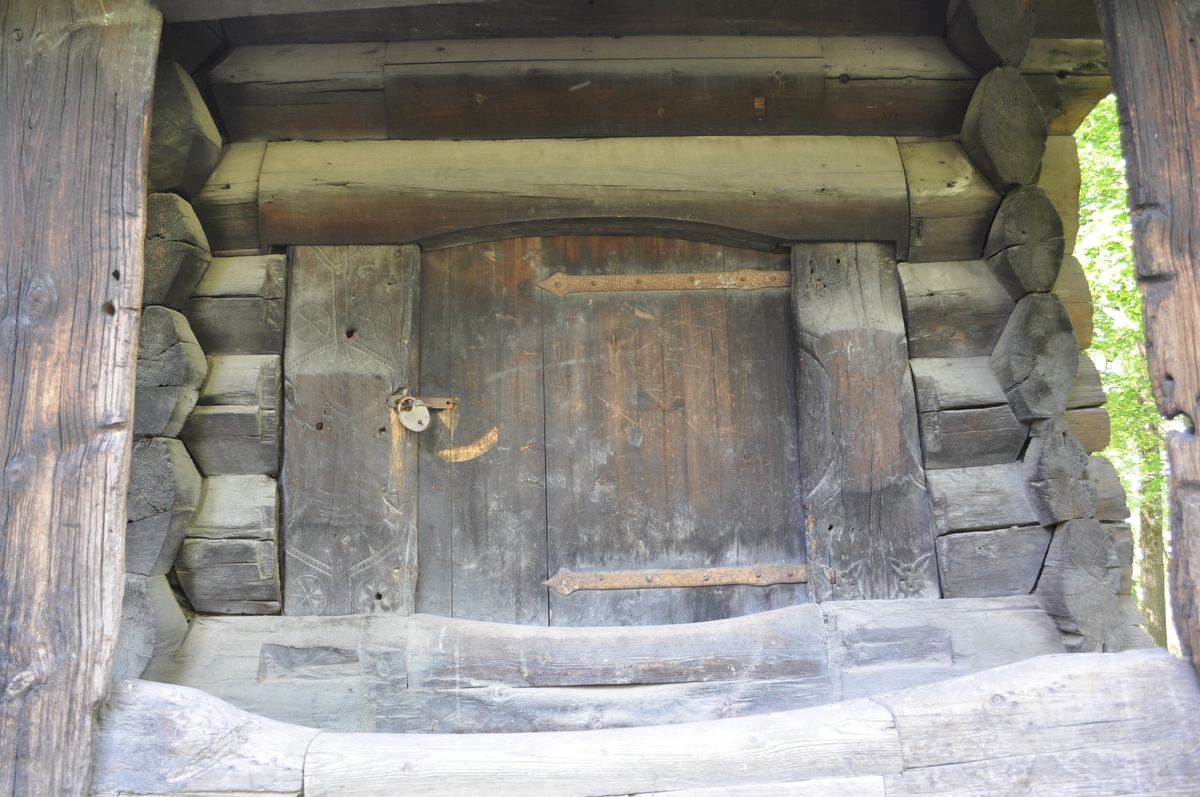
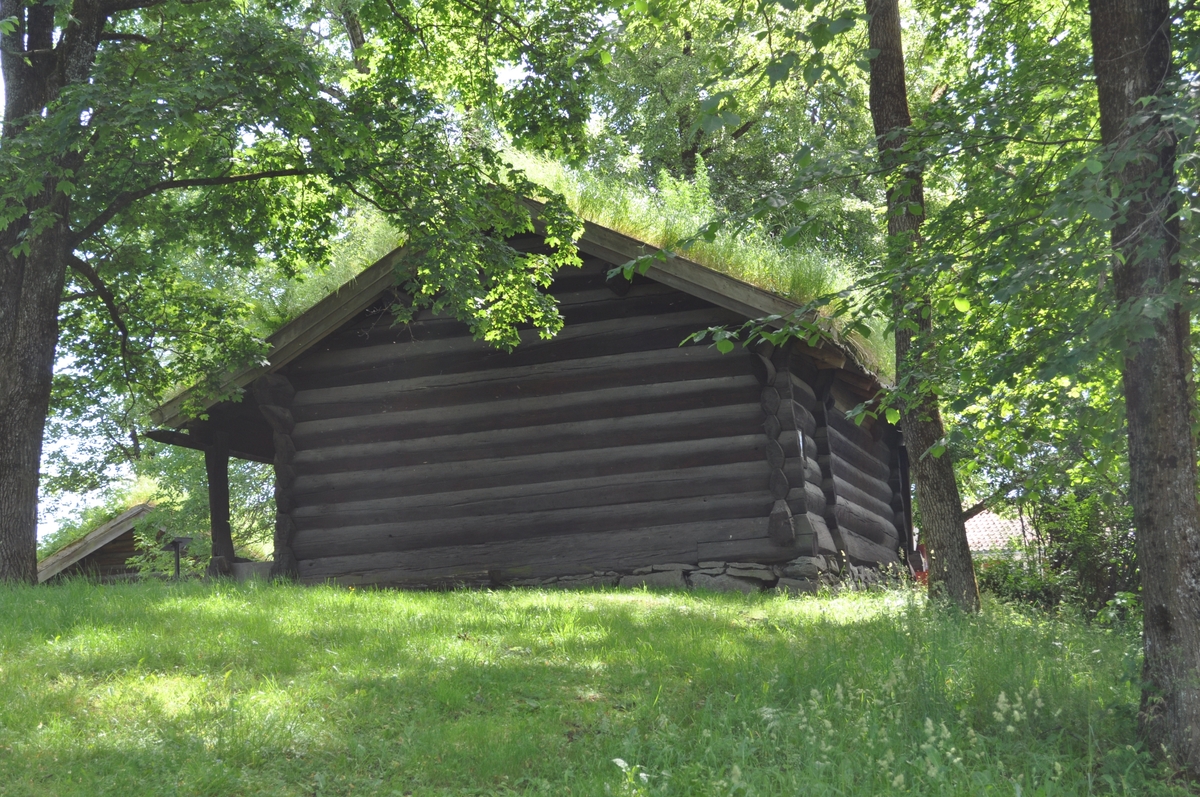
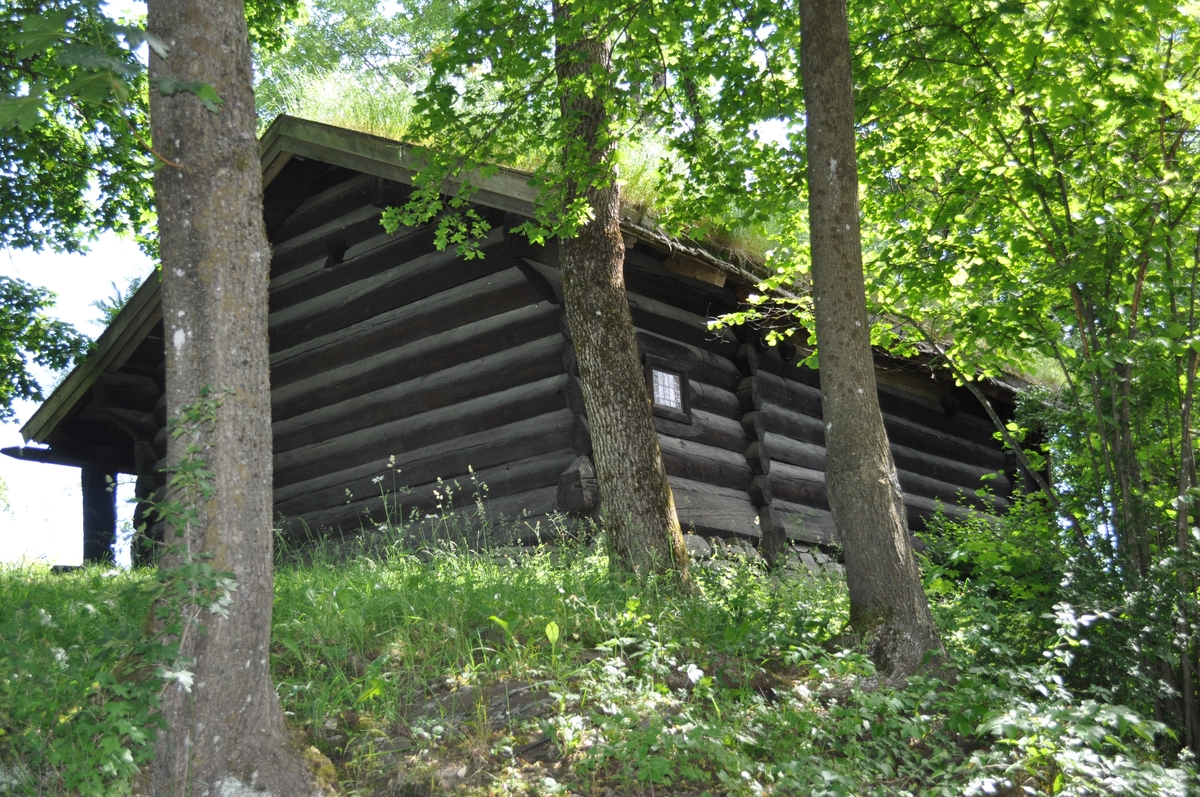
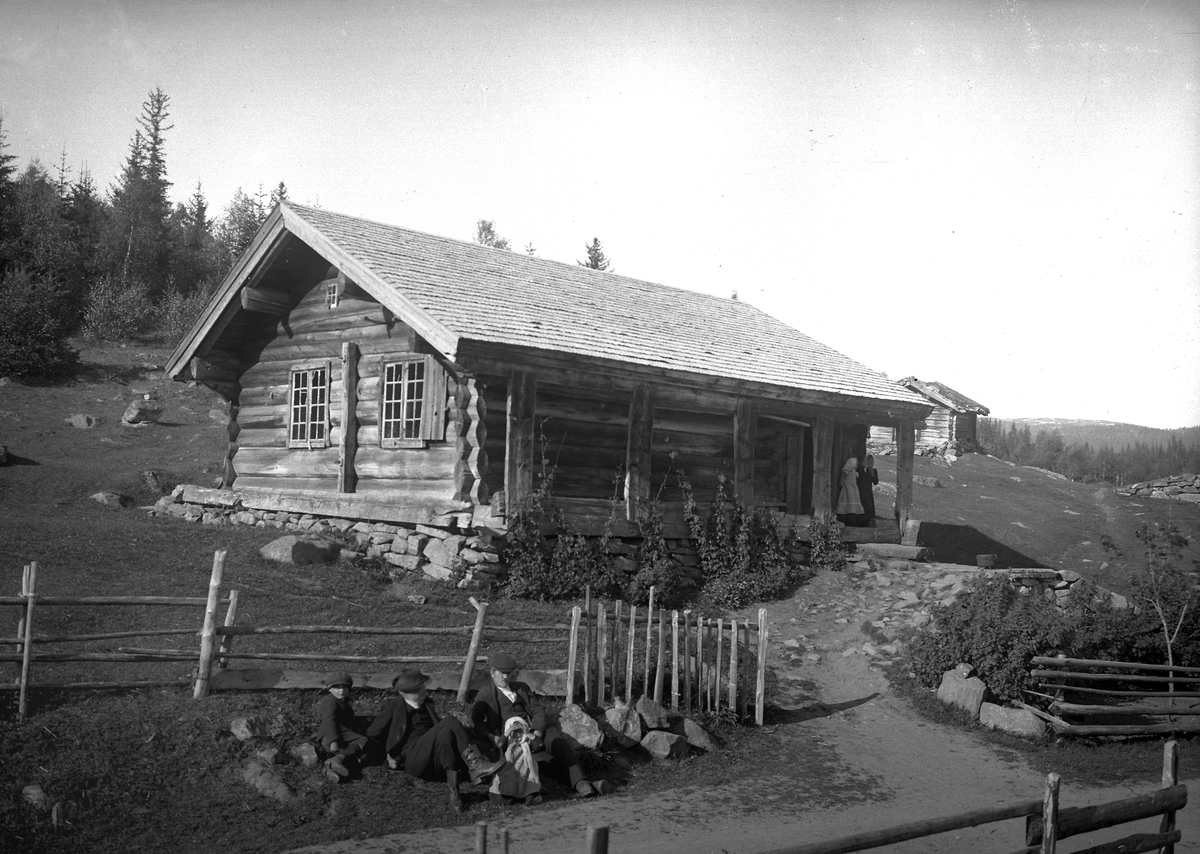
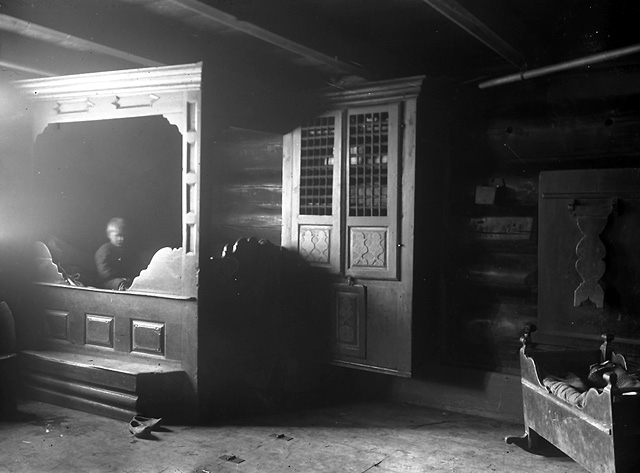
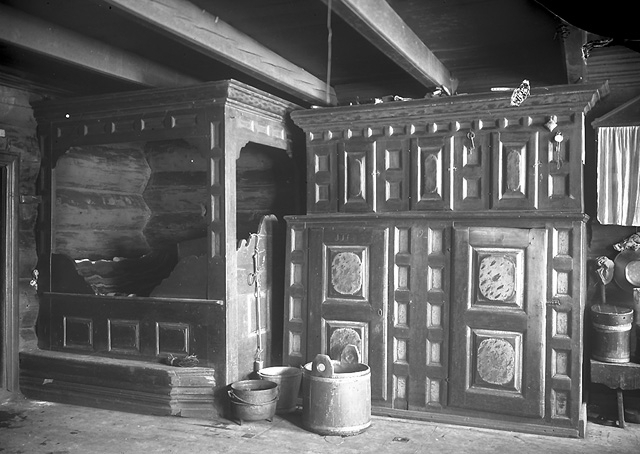
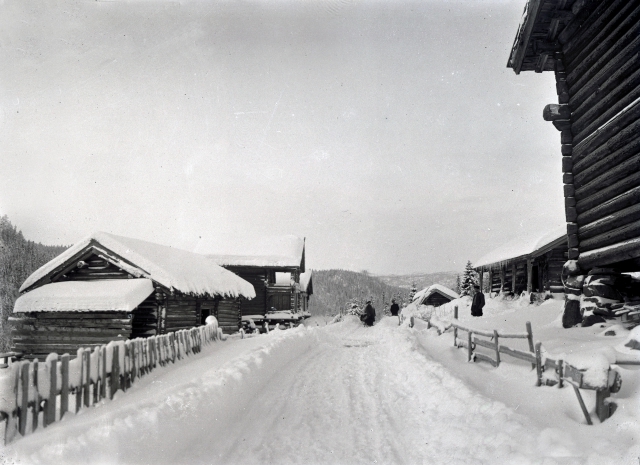


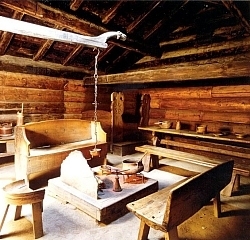
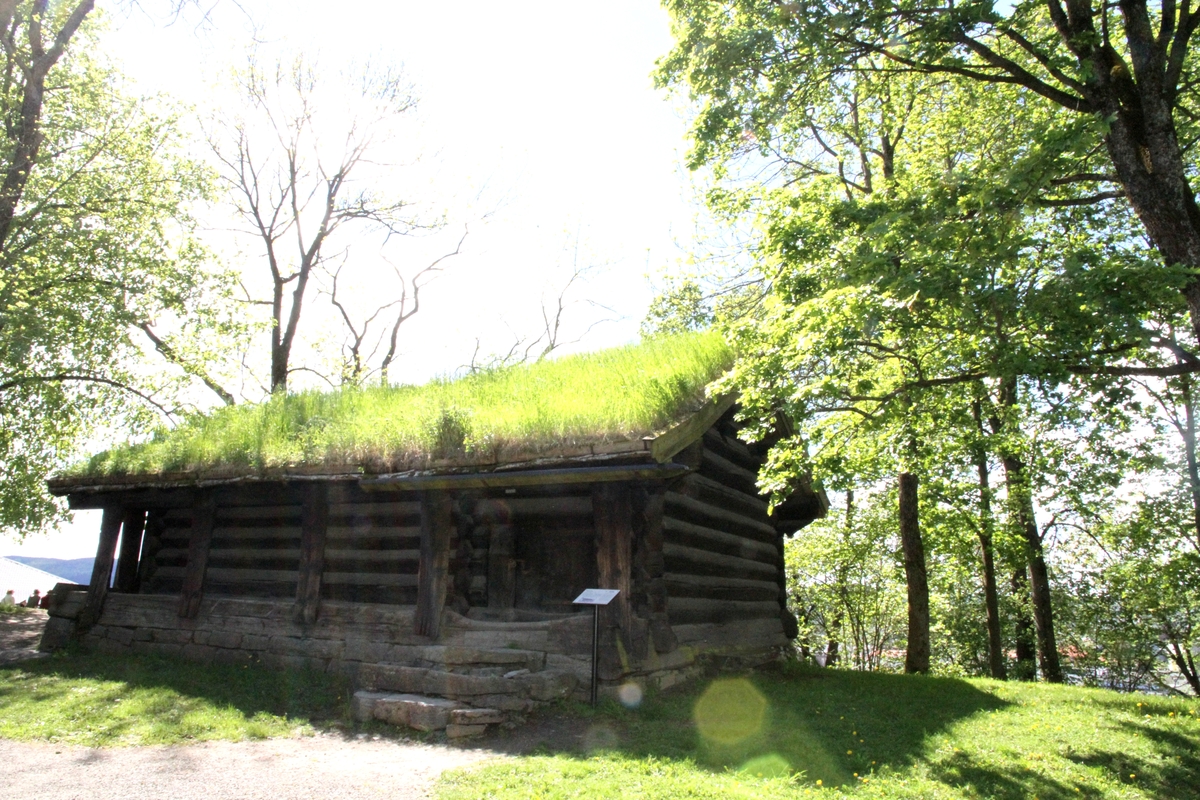





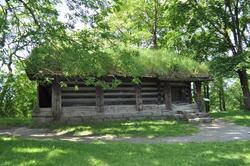
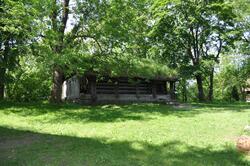
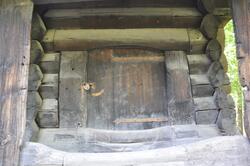

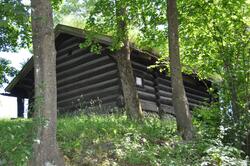
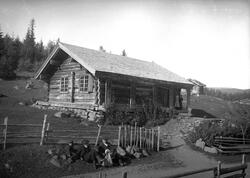
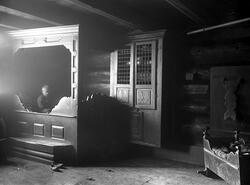
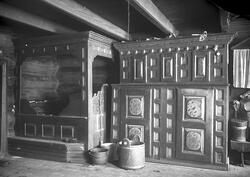
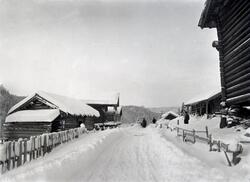
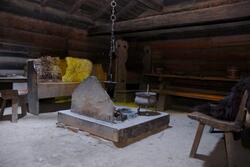
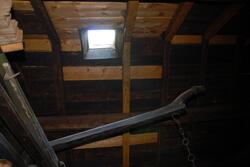
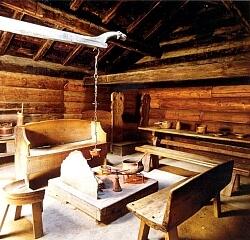

Add a comment or suggest edits
To publish a public comment on the object, select «Leave a comment». To send an inquiry directly to the museum, select «Send an inquiry».